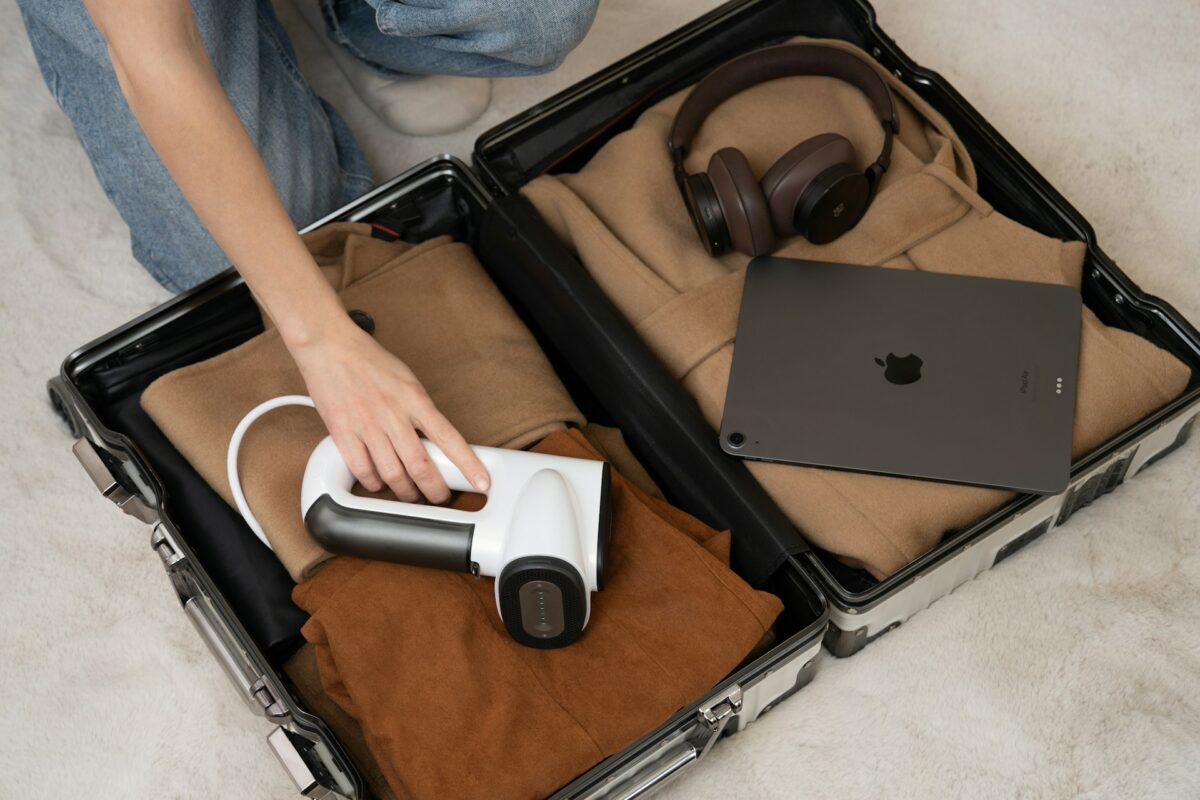When You Are Traveling Here Is How to Keep Your Gadgets Safe
When it comes to traveling, it is often necessary to take vital equipment with you, such as cellphones, computers, tablets, cameras, headphones, and even gaming devices. Even while these instruments make journeys more comfortable and fun, they are also very susceptible to theft, damage, and environmental risks. It is as crucial to secure your electronic devices as it is to pack them, whether you are embarking on a little vacation or a lengthy travel to another country.
1. Make Sure to Select the Appropriate Travel Bag
Getting your hands on a travel bag that is secure is the first step in ensuring the protection of your gadgets. Search for backpacks or carry-on bags that have the following features:
Padded pockets to provide protection from bumps and impacts
Characteristics that prevent theft, such as zippers that may be locked or pockets that are concealed
Material that is water resistant in order to protect against both spills and rain
2. Employ Protective Cases
Each and every device need to come with its own sturdy casing. The likelihood of damage occurring during transportation is decreased by the use of cushioned camera bags, a shockproof laptop sleeve, and a robust phone cover. In addition to that, screen protectors prevent cracks and scratches from occurring.
3. Keep electronic devices in your carry-on baggage.
When you are traveling, you should always store devices that are valuable in your carry-on luggage rather than in your checked baggage. Checked baggage is more likely to be misplaced, mistreated, or exposed to harsh temperatures than carry-on luggage. Maintaining proximity to all of your electronic devices guarantees improved security and simpler access to them.
4. Organize Cables and Accessories
Loose cables are not only prone to becoming tangled up, but they may also cause ports to wear out if they are bent. Keep your chargers, earbuds, and adapters organized by using cable organizers or pouches to store them. The possibility of losing tiny accessories is decreased as a result of this.
5. Employ a virtual private network (VPN) to ensure your safety when you are online.
If you connect to public Wi-Fi at locations such as airports, hotels, or coffee shops, your data might be susceptible to being accessed by hackers. Your internet traffic is protected by a Virtual Private Network (VPN) that you can rely on, and it also keeps critical information, such as passwords, banking information, and emails, safe.
6. Keep track of your electronic devices by labeling them.
In order to make your electronic devices more easily recognizable, you should affix labels or one-of-a-kind stickers to them. In order to provide additional security, you may use monitoring tools like as Find My iPhone, Find My Device, or Bluetooth trackers from third-party vendors. With the assistance of these tools, you will be able to find objects that have been lost or stolen in a more timely manner.
7. Protect Electronic Devices from Inclement Weather
Extremely high or low temperatures and humidity may cause harm to electrical devices. Vehicles, surroundings with high levels of moisture, and direct sunshine should be avoided as locations to leave devices. When you are going to places that are either tropical or rainy, it is important to include silica gel packets within your luggage so that they can soak up any moisture.
8. Bring a power bank that can be carried about with you.
When you are traveling, it is possible that you may run out of power, which can make you susceptible, particularly if you depend on smartphones for navigation or for tickets. Even in situations when there are no electrical outlets accessible, you can be confident that your electronic devices will remain fully charged if you have a dependable power bank.
9. Before you go, be sure to back up your data.
The information that is contained inside a piece of technology is more valuable than the technology itself in the event that it is lost or stolen. Prior to embarking on any journey, you should make a backup of your information, either on an external hard drive or in the cloud. In that manner, even if your gadget is lost, your memories and your work will be protected from harm.
10. Be aware of the potential for theft.
Tourists who are carrying valuable electronic devices are often targeted by pickpockets. When you are in public, you should exercise caution when utilizing electronics. It is recommended that you refrain from leaving your laptop unattended in cafés or taking photographs with a flash in public locations. When you are in areas that are considered to be high-risk, you should use either a crossbody bag or a backpack that has features designed to prevent theft.
11. Bring a surge protector as well as a universal adapter with you.
If you use the incorrect charger or unstable power outlets when you are in another country, it is possible that your electronic devices may be damaged. While a surge protector prevents power spikes from causing damage to delicate electrical devices, a universal travel adaptor guarantees compatibility.
12. Obtain Insurance for Expensive Electronic Devices
Electronics that have been lost or stolen are often covered by travel insurance coverage. Prior to departing, make sure to review your plan, and consider adding extra coverage for high-value goods, such as cameras or computers. This provides financial security in the event of the most extreme circumstances.
Traveling with electronic devices makes things more convenient, but it also comes with it a certain amount of responsibility. You may have a good time on your vacation without having to concern yourself about your technology if you use protective cases, store your gadgets in carry-on baggage, safeguard your data, and remain vigilant against theft. When it comes to ensuring that your electronic devices remain secure, undamaged, and in full working order during the duration of your travels, a little amount of preparation may go a long way.


